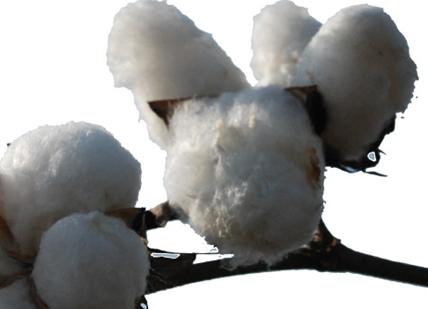 From the international situation in the past two years, the European debt crisis has continued to exert pressure on global economic growth, and the demand for cotton and other commodities has been inhibited. According to the latest monthly supply and demand report of the U.S. Department of Agriculture, total global cotton production in 2012/13 was approximately 25.894 million tons, with a total consumption of 23.131 million tons, and the supply and demand surplus was 2.768 million tons, a year-on-year decrease of 1.841 million tons. However, as can be seen from the data, even if the supply and demand surplus situation has eased, global cotton is still in a relatively loose supply pattern. The reporter learned that before 2010, China's domestic cotton price was relatively stable and there was little volatility. However, due to the ups and downs of the international cotton price “roller coaster†in the past two years, the state has taken into consideration the interests of cotton farmers and the production of textile companies, and at the same time has issued a cotton collection and storage policy in consideration of stabilizing the domestic cotton market. However, the sharp fall in the international cotton price at the end of last year was unexpected, coupled with the introduction of a quota system for imported cotton in China, which means that companies cannot purchase cotton in the international market on their own, and domestic cotton prices have remained high due to policy protection. According to sources, the spread of 6,000 yuan per ton is expected to be difficult to change.
From the international situation in the past two years, the European debt crisis has continued to exert pressure on global economic growth, and the demand for cotton and other commodities has been inhibited. According to the latest monthly supply and demand report of the U.S. Department of Agriculture, total global cotton production in 2012/13 was approximately 25.894 million tons, with a total consumption of 23.131 million tons, and the supply and demand surplus was 2.768 million tons, a year-on-year decrease of 1.841 million tons. However, as can be seen from the data, even if the supply and demand surplus situation has eased, global cotton is still in a relatively loose supply pattern. The reporter learned that before 2010, China's domestic cotton price was relatively stable and there was little volatility. However, due to the ups and downs of the international cotton price “roller coaster†in the past two years, the state has taken into consideration the interests of cotton farmers and the production of textile companies, and at the same time has issued a cotton collection and storage policy in consideration of stabilizing the domestic cotton market. However, the sharp fall in the international cotton price at the end of last year was unexpected, coupled with the introduction of a quota system for imported cotton in China, which means that companies cannot purchase cotton in the international market on their own, and domestic cotton prices have remained high due to policy protection. According to sources, the spread of 6,000 yuan per ton is expected to be difficult to change. Wang Tiankai, president of the China National Textile and Apparel Industry Federation, pointed out that at present, the international cotton market still exceeds supply as a whole, and US cotton has not shown signs of reducing cultivation. The possibility of a sharp rebound in international cotton prices in 2013 is unlikely. From the domestic point of view, the country’s cotton purchase and storage policy has a high probability of continuous implementation, and the purchase price will not be reduced. Therefore, the domestic cotton price will still operate at a high level, and the problem of poor cotton prices inside and outside China will continue to exist.
The huge difference between domestic and foreign cotton prices in the production of textile companies has affected China’s textile exports and further reduced the international market share of China’s textile industry. According to the customs data, from January to November 2012, China’s cotton yarn export value decreased by 8.9% year-on-year, while imports increased by 56.1%. From the perspective of the international market share held by the textile industry, China’s share of the EU and Japan’s import markets from January to November was 73.2% and 40.1%, respectively, down 1.8% and 1.1% from the same period last year. Gao Yong, vice president of the China Textile Industry Federation, said that this situation has never occurred in the past 20 years.
Gao Yong told reporters that in the past 20 years, the difference between China's domestic cotton and international cotton has always remained at 1,500 yuan to 2,000 yuan/ton, and under such a gap, China's cotton spinning enterprises still maintain a strong competitive edge in the international market. . At present, the spread is widened to 6,000 yuan per ton, which is no longer an optimistic figure. Such a huge spread will directly affect China's textile exports and may lead to a decline in international competitiveness.
Insiders told reporters that at present, many textile companies have consumed most of their cotton in inventory. Due to restrictions on import quotas, they cannot buy low-priced imported cotton, and the production of cotton products has been affected. However, due to cost, profit and other factors, companies are not willing to buy high-priced countries to store cotton, use chemical fiber instead of cotton as a last resort.
Hollow Conjugated Polyester Staple Fiber
Hollow Conjugated Polyester Staple Fiber
Hollow Conjugated Polyester Staple Fiber
Suzhou Makeit Technology Co., Ltd , https://www.psffiber.com